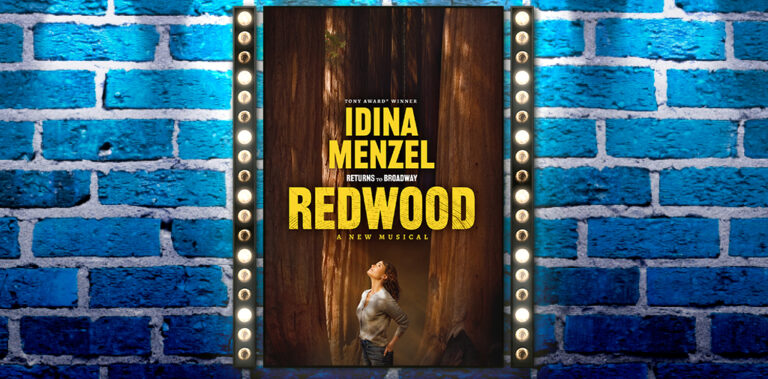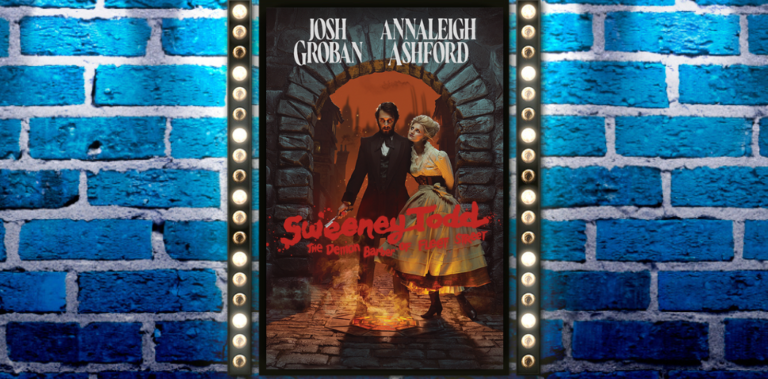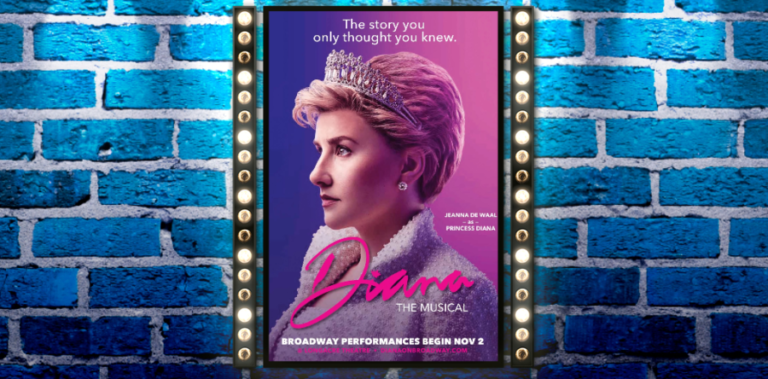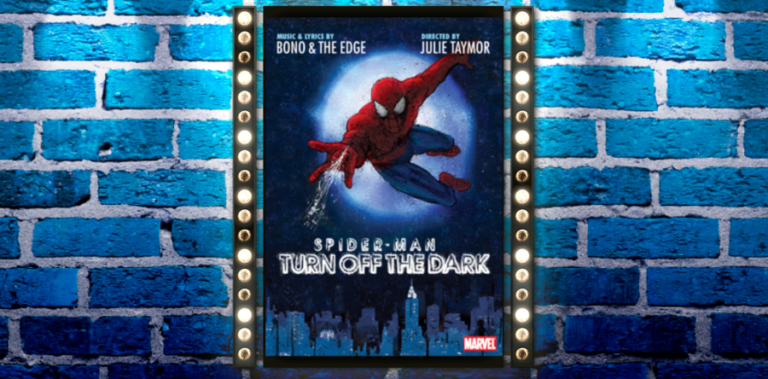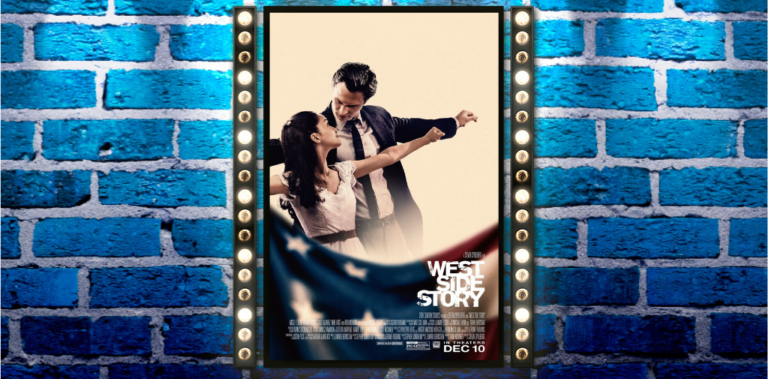 "Summertime,
"Summertime,
And the livin’ is easy
Fish are jumpin’
And the cotton is high…"
Perhaps one of the most famous songs by George and Ira Gershwin is "Summertime", the opera aria that transcended musical genres, became a popular jazz standard and is still a popular song today.
Similarly, the new revival of Porgy and Bess at the Richard Rodgers Theatre successfully brings this 1930s classic into the new millennium.
From the outset, it is clear that the mood of this production is simple and sultry. The scrim features the title on a splash of color and brings to mind old-fashioned logos from epic movies or perhaps even the cover of a romance novel. And isn’t that apropos?
Porgy and Bess is the ultimate love story, full of lust, temptation, fury and true love.
Bess, a beautiful but downtrodden woman, tries to escape from her abusive relationship with Crown and avoid the temptations from urban dope dealer Sporting Life by finding a stable, loving life with the crippled beggar Porgy.
Throughout the show, the minimal set (designed by Riccardo Hernandez) and melodramatic lighting (by Christopher Akerlind) help convey the right mood but little more. The action almost exclusively takes place on a platform of plain wooden boards. When a worn piece of furniture or two are employed, the action is inside; when left mostly bare except for a real working water pump upstage right, the action takes place outside on the fictitious Catfish Row.
The predominant color in the design is a brazen jewel-toned gold which evokes the sweltering heat and bright summer sun in Charleston, South Carolina. Though costumer ESosa typically keeps prominent cast members in brighter clothing, the ensemble sometimes blends into the set, and Sporting Life almost complete does so in a tan suit.

The gold color washes over the wooden boards and scrap-metal semicircle backdrop to give the set a unicolor look which, over time, gets to be an old, tired look (though in a way, that ironically suits the show).
Though I can appreciate the trendy minimalist design, I crave more from a set than a single table serving as a casket or a few plants and blue drop indicating an island settling.
Though the show probably has budgetary restrictions since it is a limited engagement, the design could incorporate a few more pieces that would suggest more of the Catfish Row setting than just the hazy, lazy mood.

"Oh, your daddy’s rich
And your mamma’s good lookin’
So hush little baby
Don’t you cry…"
More than rich in talent and good lookin’, Audra McDonald and Norm Lewis draw the audience’s attention and shine in the spotlights.
McDonald (Ragtime; 110 in the Shade) performs the role of Bess like it was designed for her. She immerses herself in the character and embodies what seems like every human emotion in two and a half hours as she fears her boyfriend’s wrath, mourns the dead, struggles through abuse and sickness and even battles with herself to quit using drugs.
Even better than her acting is her natural glorious soprano which effortlessly soars, especially when paired with Lewis’ powerful baritone.
Lewis (Les Misérables; Sondheim on Sondheim) matches McDonald’s acting skills and is more than believable as Porgy the crippled beggar. He drags his left leg like dead weight with it cocked at a strange angle, convincing us that he really cannot stand and walk until he stands erect at curtain call. His Porgy is by no means helpless and frail: he is acutely aware of dangers and quite nimble, especially with his cane. Though Bess fights her weaknesses throughout the show, Porgy comes into his own when he bellows "You’ve got a man now. You’ve got Porgy!" and later sings a simultaneously heartbreaking and inspiring finale, "I’m on My Way".
This leading pair have a strong chemistry that bubbles in the hot South Carolina summer sun.

Playing Jake and Clara, Josh Henry and Nikki Renée Daniels are a glowing onstage couple – and not just because they play new parents. Their effervescent optimism, joy and acceptance in the community is a juxtaposition to Porgy and Bess. Henry (Scottsboro Boys; American Idiot) is muscular and might seem imposing except his smiling eyes and expressive face give him away. The laughter in his voice makes "A Woman Is a Sometimes Thing" one of the show’s best numbers. In "Summertime," his full sound sometimes overpowered Daniels (Anything Goes; Promises, Promises), who has a soprano that is light as a summer’s breeze.
Philip Boykin makes an impressive debut as the abusive Crown. His domineering stature and booming voice can terrify anyone in the theater – anyone except, perhaps, Natasha Yvette Williams (The Color Purple) who is his female match in size and sound.
As Sporting Life, David Alan Grier (Race; The First) is the ultimate serpent in the Catfish Row Garden of Eden: he is full of sly smiles and a lazy jazz voice showcased in "It Ain’t Necessarily So".
A gem amongst the featured actors is Bryonha Marie Parham (Ragtime). Her soprano rings out to the back of the house in "My Man’s Gone Now" with a vocal fury similar to the hurricane that hits Catfish Row.
"One of these mornings
You’re going to rise up singing
Then you’ll spread your wings
And you’ll take to the sky…"
This production, which began at Cambridge, Massachusetts’ American Repertory Theatre, received attention for its new adaptation led by director Diane Paulus (Hair) featuring a new book by Suzan-Lori Parks (Topdog / Underdog) and Diedre Murray. The most surprising reaction to the changes came from composer/lyricist Stephen Sondheim, who wrote an incensed public letter in the New York Times.

Despite Sondheim’s sound-off, this production perfectly balances the old and the new. Modern-day audiences are not interested in sitting through a four hour opera, especially on Broadway where one-act ninety-minute shows are becoming more and more popular.
Porgy and Bess is not a jukebox musical or a movie-turned-musical: it is an American c
lassic, ready for an inspired revival, especially with star leads like Audra McDonald and Norm Lewis.
Paulus and her team deserve credit for taking a legendary show out of a time capsule and reworking it so that it both retains the best of the original opera and succeeds as a modern-day musical theater work.
The new Porgy and Bess rises up and transcends not just all these years but also musical styles and will remain part of the musical theater canon for scores of summers to come.
Photos : Michael J. Lutch
Porgy and Bess, by George & Ira Gershwin, DuBose & Dorothy Heyward
Playgin through July 8, 2012
Richard Rodgers Theatre
226 West 46th Street, New York
Direction: Diane Paulus ; choreography: Ronald K. Brown ; music: George Gershwin ; lyrics: DuBose Heyward, Dorothy Heyward & Ira Gershwin ; book adapted by Suzan-Lori Parks & Diedre Murray ; musical direction : Constantine Kitsopoulos ; music orchestrated by William David & Christopher Brohn Jahnke; scenic design : Riccardo Hernandez ; costume design : ESosa ; lighting design : Christopher Akerlind ; sound design : Sound Partners Acme ; Wigs, hair and make-up designs: J. Jared Janas & Rob Greene.


